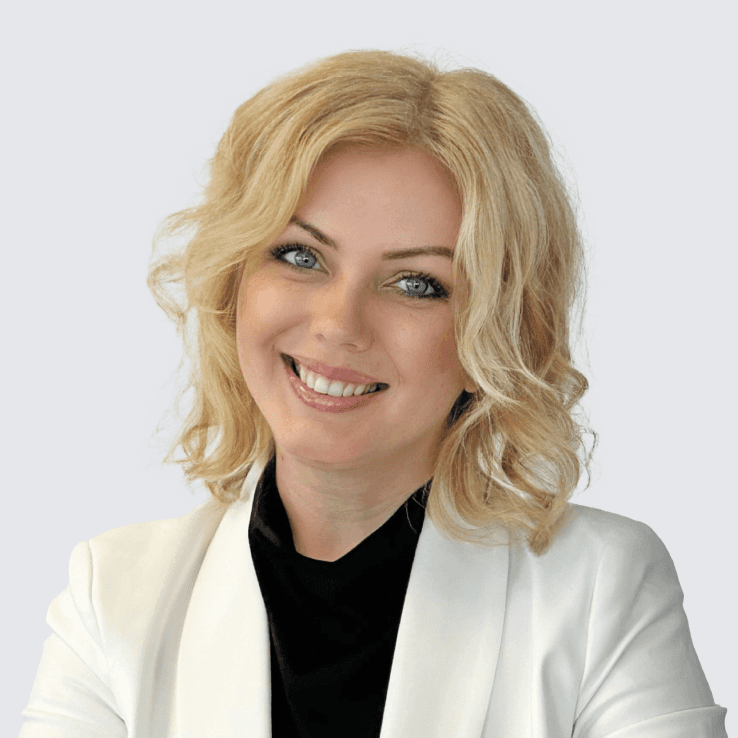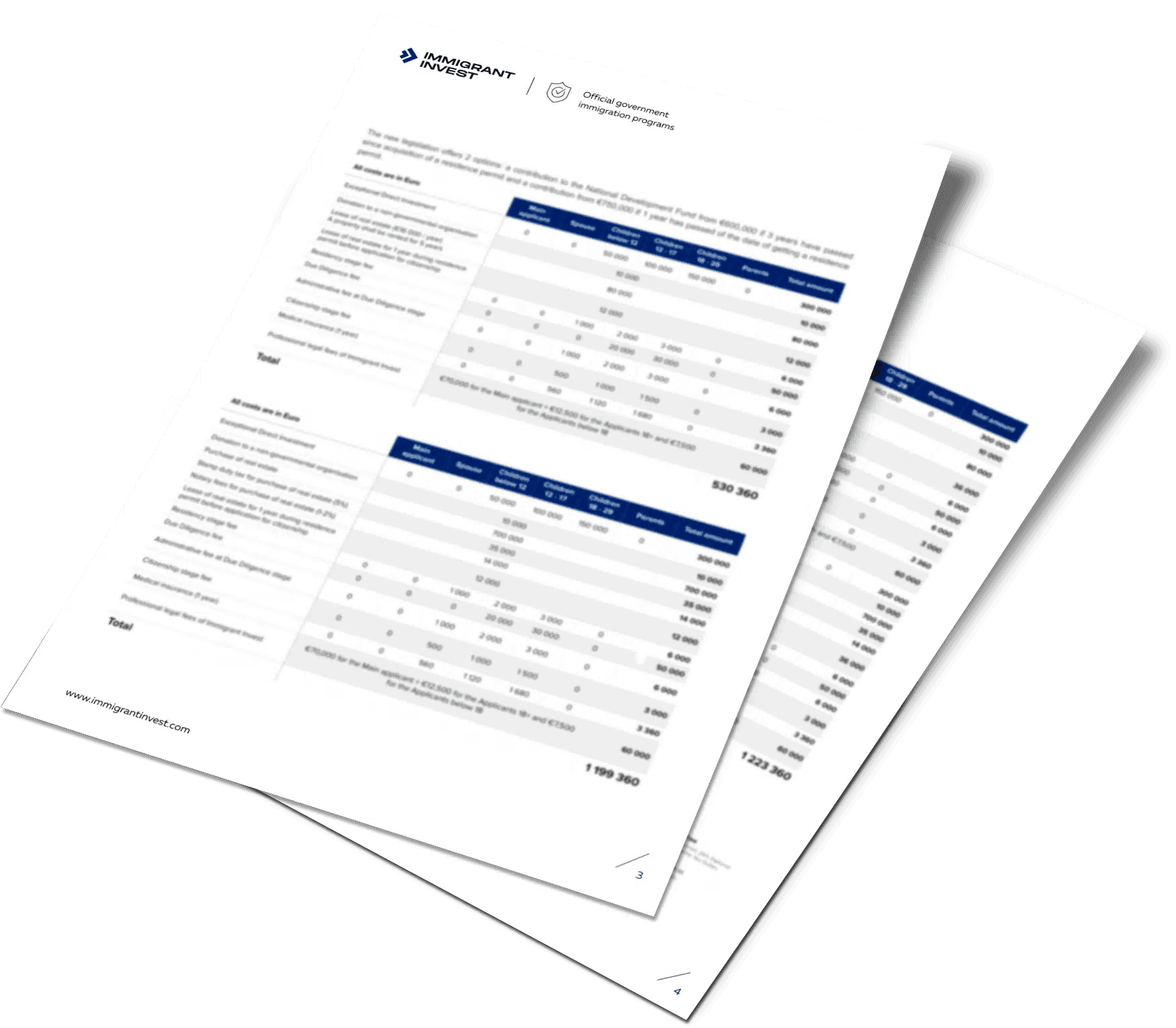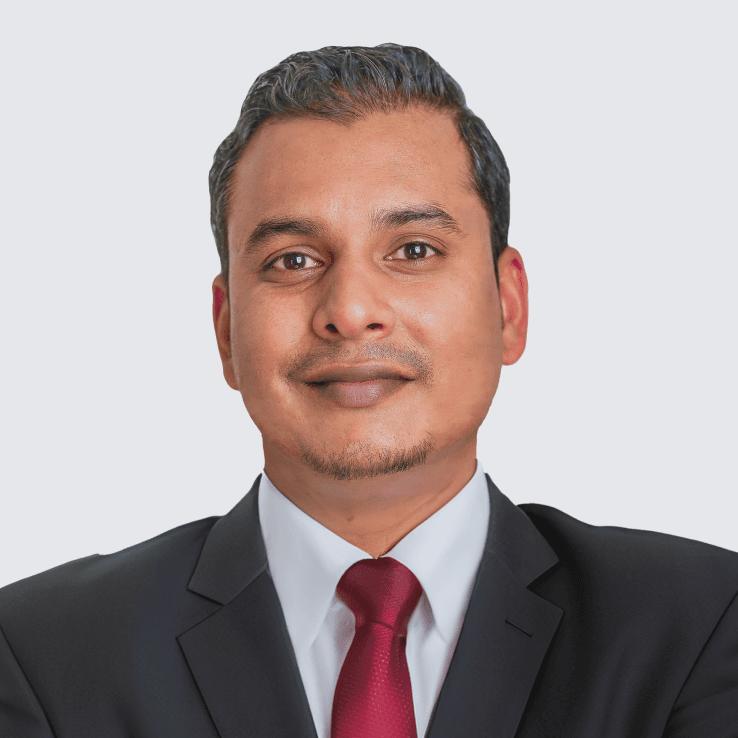Schools in Malta: how the education system works and if is it suitable for your children
Education in Maltese schools is regulated by the state: educational institutions receive accreditation from the Ministry for Education. Therefore, Maltese high school diplomas are accepted not only on the island, but also in other countries of the European Union.

Author •Julia Loko
Spoke about school education in Malta

Schools in Malta: how the education system works and if is it suitable for your children
We will tell you what the pros and cons are of schools in Malta both public and private and how to enroll a child in a Maltese school.
How the Maltese school system works
What are the types of schools? The three types of schools exist; Malta public schools, church and private. Children of foreign citizens can also study in international schools.
All educational institutions are accredited by the Malta Ministry for Education.
Stages of training. Training in Maltese schools takes 11 years. The process consists of two stages:
From 5 to 11 years old — primary education.
From 11 to 18 years old — secondary education.
11 years
Full school education in Malta
All children from 5 to 16 years old are required to attend school. The requirement is enshrined in the Education Law. Accordingly, you can graduate from school at the age of 16 after the ninth grade. But if a child plans to go to university, he or she usually finishes 11 grades.
Calendar and scheduling. The academic year in Malta begins on September 26th. The child goes to the first grade in the year when he turns five.
Vacations are provided during the academic year:
three days in November;
two weeks at Christmas and New Years — usually from December 23rd to January 6th;
two days in February or March during the carnival;
two weeks in April for Easter.
Children also rest during public holidays.
From June 1st, schools are switching to shortened lessons. The academic year ends on June 28th, after which the summer holidays begin.
Academic year in Malta
September 26th
First school day
3 days in November
Autumn holidays
2 weeks, usually from December 23rd to January 6th
Winter holidays
2 days in February or March
Carnival weekend
June 1st
Transition to shortened lessons
June 28th
Last school day, start of summer holidays
Lessons are 45 minutes long. Lesson times are regulated for elementary schools: lessons begin at 8:30 and end at 14:40, shortened lessons in June last until 12:30. Secondary schools develop their own schedule of classes, so the start and end times of lessons depend on the particular school.

St Clare College San Ġwann Primary School. The campus includes a kindergarten and an elementary school building. About 600 children study at the school
Source: edumalta.gov.mt
Maltese education system and programs
Education in primary schools is based on the National Education Program of 2012. Five hours a week are devoted to Maltese, English and Mathematics. There are also lessons in science, fine and decorative arts, social studies, computer science and physical education.
High school education is divided into two periods. The first two years, seventh and eighth grades, all students study general subjects. From ninth to eleventh grades, it is allowed to choose two subjects that will be studied in depth.
High school classes can be general or specialized, with advanced studies in the humanities or science and mathematics. The program necessarily includes lessons in Maltese and English. There are also lessons in physics, physical education, history, geography, fine arts and social studies.
You can choose a foreign language: depending on the school in Malta, French, German, Italian, Spanish, Russian, Chinese and Arabic are taught. Seminars on personal, social and career growth are held as a separate discipline.
Lessons in religion and ethics are taught in both primary and secondary schools according to the canons of the Catholic Church. But the subject is optional for children of foreign citizens and immigrants. Upon notification from the parents, the child is exempted from attending religious classes, and free time can be spent, for example, in the school library.
What language is taught
In Malta the two official languages are Maltese and English.
In public and church schools, instruction is usually in Maltese, in addition to English lessons. Textbooks are also issued in Maltese or English depending on the subject.
In private and international schools, lessons are often taught in English.
If a child does not know much Maltese and English, he or she can enroll in an introductory program when entering primary school. It lasts a year and involves an in-depth study of languages, in addition to the rest of the elementary school subjects. The beginning of the school year for students in the introductory program is October 1st.
Discover your path to Maltese citizenship
Schedule your online meeting today.

Head of the Maltese office, MBA
What exams do students of Maltese schools take?
From the first to the third grade, students do not take exams, but according to the results of their progress during the year they receive grades in their ability to read, write and count.
Fourth and fifth grade students take exams in Maltese, English, Mathematics, Social Studies and Religion at the end of the school year. If a child has not attended religion lessons, the candidate is exempt from the exam.
Sixth graders graduate from elementary school and take final exams in Maltese, English, mathematics, social studies and religion (if applicable) at the end of the year. To successfully pass the exam, you need to score a certain number of points which is set at the national level.
If a student does well on exams and scores a lot of points, he or she will be able to enroll in a more prestigious high school. Most students transfer to secondary school, which is tied to their place of residence and primary school.
At the end of the ninth grade, students take exams to obtain a certificate of basic secondary education.
Eleventh graders take exams in Maltese, English and Mathematics, as well as in selected subjects for university admission. The exams correspond to the International Baccalaureate, IB system. Graduates receive a certificate of complete secondary education. The certificate is issued in accordance with the first three levels of the Maltese and Common European Qualifications System.

This is the certificate of complete general secondary education, which is received by graduates of Maltese schools. The certificate is accompanied by information about the grades and passed exams, circles and extracurricular activities, the personal qualities of the graduate
Source: Handbook on Secondary School Certificate and Profile
Public schools in Malta
There are public schools in most localities of the country. Schools are united in self-government units — colleges. Malta city college includes several primary and secondary schools located in the same region of the country. When your child graduates from elementary school, he or she will transfer to Malta high school, which is in the same college as elementary.
List of public colleges by region of Malta
Free education. Education in public schools is completely free for citizens and residents of Malta, the states of the European Union and the European Economic Area. If at least one parent has received a work permit in Malta, their children can study for free in Maltese public schools.
Pupils do not buy textbooks and school supplies as they are given out at school. You can get to school and home by a free bus. Parents independently provide the child with school uniforms and stationery.
How to obtain a residence permit or citizenship of Malta
Wealthy people can obtain a Maltese residence permit through a government investment program. The minimum investment amount for obtaining a temporary residence permit is €30,000, a permanent one – €110,000. Maltese citizenship is obtained only by naturalization.
For investors, there is an opportunity to obtain a residence permit, and then – a country’s passport for special merit based on direct investment. The minimum investment amount is €690,000.
Children are enrolled in the local school. Parents do not choose which primary or secondary school the child will go to: enrollment takes place at the place of residence within the framework of the regional college.
Large classes. Up to 26 children study in one class. Only in practical classes, for example, when conducting experiments in a laboratory, the simultaneous presence of up to 16 students is allowed.
Maltese church schools
Church schools are owned by the Maltese Catholic Church but are regulated by the country’s Ministry for Education. In 2021, there are 27 primary and 22 secondary church schools in the country with accreditation from the Maltese state.
Education in church schools is separate for boys and girls.
Free education. There is no tuition fee: it is covered by the state.
Child’s enrollment and education costs. The parents make an annual contribution that covers a portion of the school’s expenses for the child’s education. Each school sets the amount of the contribution independently.
The contribution is considered a charitable donation for which church schools are not accountable to the state. Some schools make contributions entirely voluntary, leaving the amount to the discretion of the parents.
The average charitable contribution in church schools is from €150 to €600 per child per year. Parents also buy textbooks, school supplies and uniforms.
Enrollment quotas. It is more difficult to enter a church school than a public one. Enrollment takes place not at the place of residence, as in a public school, but at the request of the parents. At the same time, most church schools limit the number of students, so beginners sometimes have to wait for their turno enter. Some schools hold a lottery among applicants.

The building of the primary Sacred Heart College in St Julian’s
Source: sacredheartmalta.org
Private and international schools in Malta
Private schools in Malta are for everyone — both Maltese citizens and foreigners. Private schools are subject to mandatory accreditation by the Ministry for Education, and the school curriculum must meet government standards. Graduates pass exams on an equal footing with everyone else and receive state certificates.
26 private pre-school and school education institutions are operating in Malta in 2021.
International schools Malta. In 2021, there are three international schools in Malta that accept the children of wealthy immigrants for education.
QSI International School opened in Malta in 2007. The school has 225 students from 40 countries. Classes are held in small groups: the philosophy of the school implies an individual approach and focus on the success of each child. In addition to standard school subjects, students can attend different extracurricular classes. For example, drawing, gardening, robotics. The school has its own football, volleyball and basketball teams.
Verdala International School. Education at the school takes place according to international programs. It takes 12 years to study. Graduates of the tenth grade receive an international certificate of secondary education (IGCSE), approved by the Cambridge International Examination Board. Upon completion of twelve grades, graduates receive an International Baccalaureate Program (IBDP) certificate.
Malta Crown is a private boarding school for Russian-speaking students. The school is located in Marsascala, a Maltese resort town.
The school program combines the Russian and international education systems. 11th and 12th grade students study under the IBDP International Baccalaureate program, developed in conjunction with the British Academy of St. Edward’s College.
Graduates of the Malta Crown School receive a Maltese Certificate of Secondary Education, a Russian Certificate, USE results and IELTS or TOEFL English Proficiency Certificates. The IBDB certificate is accepted by universities in 121 countries.
The language of teaching in private and international schools is English. At Malta Crown school, teaching is also conducted in Russian.
Individual approach and international standards. In private schools, students are taught in small groups, so every child is given enough attention. Programs are developed taking into account international requirements for applicants according to the standards of the European Union, Great Britain and the United States.
Cost of education. A year of study at a private or international school will cost an average of €6,000 to 9,000. For example, a full board year for primary school in Malta Crown costs around €7,500 and for an IBDB high school, around €15,000.

Malta Crown Private School opened in Marsascala in 1999
Source: maltacrown.ru
How to enroll a child in a Maltese school
Public schools. Citizens and residents of Malta and other EU countries apply directly to the primary school where they would like to enroll their child. To enroll in high school, you need to contact the head of the college to which the school belongs.
Citizens of countries outside the European Union apply to the Ministry for Education of Malta. To do this, you need to fill out an online application form.
The application must also be accompanied by:
Birth certificate of the child with translation into English.
Marriage certificate of the child’s parents.
Certificate from Identity Malta Agency.
An agreement to buy or rent a home in Malta.
A document confirming the right of custody and guardianship of the child.
Information about the vaccinations given to the child, translated into English.
Consideration of the application takes up to a week. In 2021, applications were accepted until January 15th.
Church, private and international schools. Enrollment takes place after parents contact the chosen educational institution. Each school sets the procedure and deadlines for the application. The list of documents, as a rule, coincides with what is required for enrollment in a public school.
Immigrant Invest is a licensed agent for citizenship and residence by investment programs in the EU, the Caribbean, Asia, and the Middle East. Take advantage of our global 15-year expertise — schedule a meeting with our investment programs experts.
Frequently Asked Questions
Case studies

Malta permanent residence to relocate to a calm EU country and improve English language skills

Visa-free entry to the US and the UK with Malta citizenship

Malta citizenship for a Taiwanese family so that their children get prestige education


















